Underwood Typewriter Company – an icon of the past
By Kiron Kasbekar | 21 Dec 2023

You’ve probably never heard of Underwood typewriters. For the company folded up in 1963 – 60 years ago. You may not even have seen and handled a typewriter, unless someone in your family owned one.
Typewriters were the machines on which people wrote letters, articles, office memos, contracts, even novels. For most of the 20th century, typewriters were the only machines used for creating such documents when you preferred not to write with pencil or pen on paper.
Unlike computers today, not everybody in an office used a typewriter. Businessmen and managers would dictate stuff to their secretaries, or give them handwritten pages to type out and return – for sending to others or for filing.
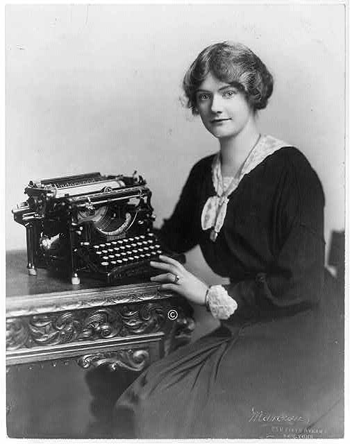
-wiki.jpg)
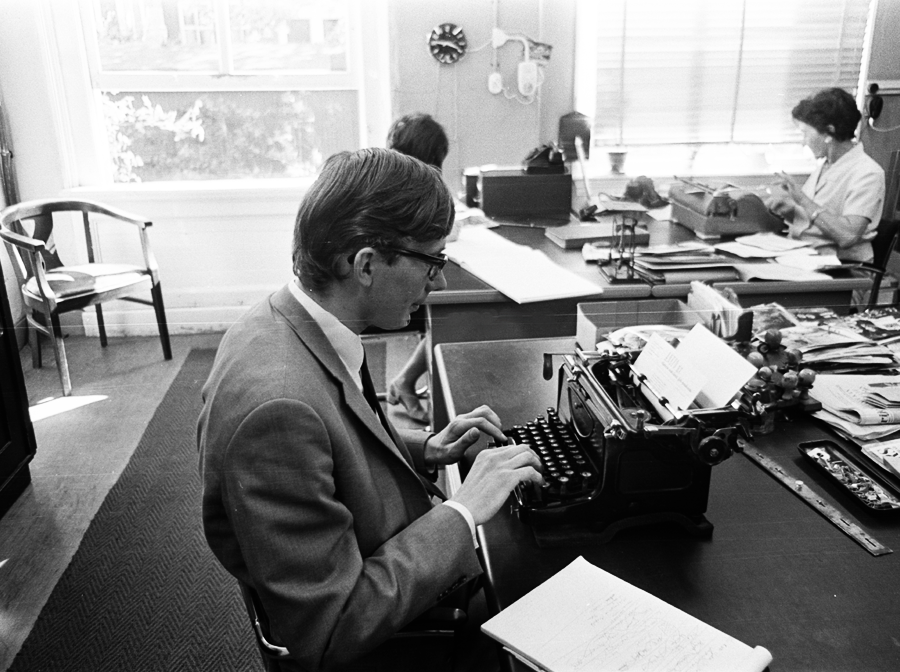
If there was one machine that made a big difference to offices around the world before personal computers came on the scene in the 1980s, it was the typewriter. And, as happened in many industries, a large number of firms cropped up to profit from these machines.
There were scores of typewriter brands in the world. Underwood was one of many such brands. Others included Adler, Hermes, Facit, Imperial, Olivetti, Remington, and Smith-Corona – mostly American and European – brands. There were many other American and European brands. Then there were Asian brands, such as Brother, and, of course, Godrej, the famous Indian brand, the most enduring of them.
The Underwood Typewriter Company was one of the most prominent and influential of these typewriter makers since the beginning of the 20th century. First launched in America, Underwood typewriters played a major role in shaping the way people communicated and conducted business.
This quick history of the Underwood Typewriter Company will look at its origins, innovations, growth, and eventual decline.
Some quirky, and then QWERTY
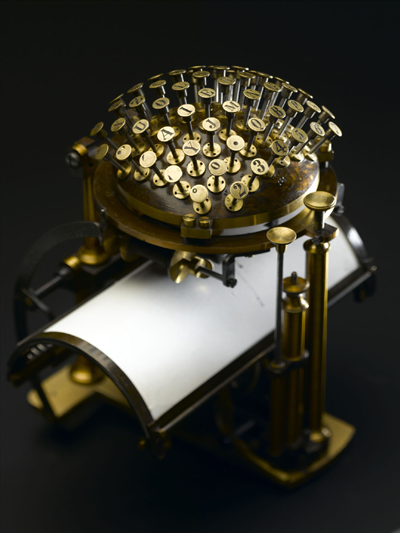
The concept of the typewriter began to take shape in the 1870s, and many innovative and some whimsical designs were produced. Among these early designs was the Sholes and Glidden Type Writer of 1873, which introduced the enduring QWERTY keyboard layout — an arrangement or keys we still employ today on our computer keyboards.
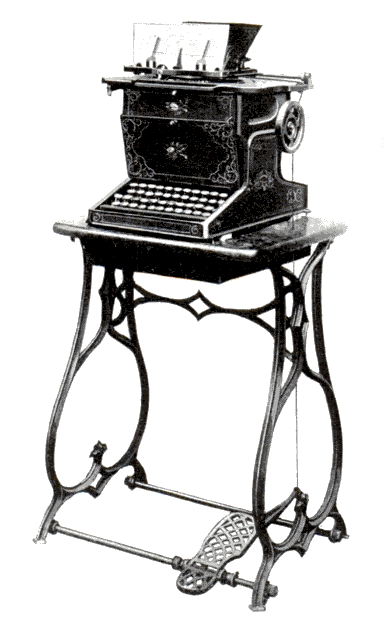
The QWERTY design was adopted ostensibly in order to overcome the mechanical constraints of early typewriters, which were prone to jamming when frequently used keys were positioned in close proximity.
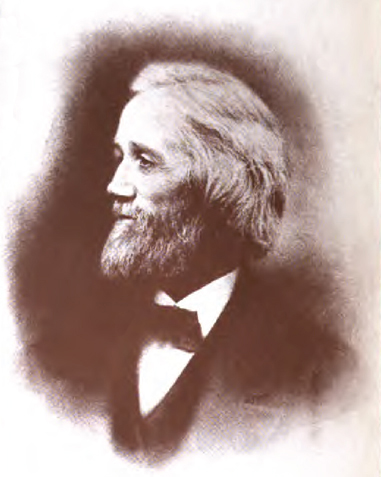
The Sholes and Glidden design, as well as the subsequent variations developed over the following two decades, experimented with various approaches – but they all shared a common feature: they were ‘understroke’ or ‘blind’ typewriters. In these machines, the keys struck the paper from beneath the platen (the roller, around which the paper sheet turns), so typists could not see what was being typed.
A new design
Then the Underwood Typewriter Company came up with a new design that trumped all previous machines. The new design was the brainchild of a German-American entrepreneur named Franz X Wagner.
Wagner had created a typewriter that amalgamated the finest features of other typewriter makers, added his own ingenious touches, and built a novel product. The outcome was a design that would become the standard for almost every typewriter for the next six decades. Until the advent of the electric IBM Selectric.
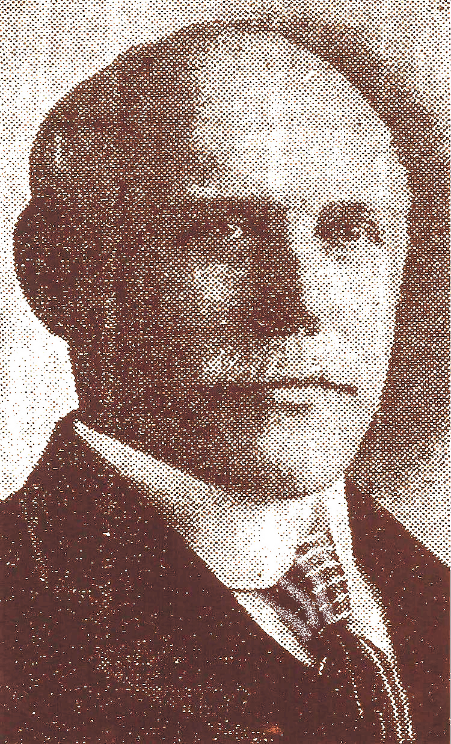
The person who created the Underwood Typewriter Company was John Thomas Underwood, in Indiana, USA, born on 6th July 6, 1857. An engineer by training, he worked for several manufacturing companies before he started his own business.
His initial investment in the typewriter industry was not as a typewriter manufacturer but as a supplier pf typewriter ribbons and carbon paper to Remington, the dominant firm in that business.
Then, in the mid-1890s, Remington decided to make its own ribbons and carbon paper. So Underwood said, okay, he would make typewriters!
Strategic acquisition, rapid expansion
In a strategic move, Underwood quickly acquired Wagner’s firm and successfully re-launched it in the marketplace. That catapulted his firm to the top of the typewriter manufacturing heap worldwide. Then he launched the Underwood Number 5 typewriter in 1900 – and that machine has been described as ‘the first truly modern typewriter’.

By the early 1920s Underwood sold 2 million of these machines. That was as many machines as those sold by all the other typewriter makers combined. At its peak, the company’s factory in Hartford, Connecticut, was making one typewriter every minute.
Underwood’s innovation efforts resulted in several key features that set its typewriters apart from the competition. One such innovation was the introduction of the Underwood typewriter’s front-strike typewriter design. Before this, the keys in most typewriters would strike the paper from behind. With Underwood’s front-strike design, in which the type-bars struck the paper from the front, typists could better see the actions; it also reduced the likelihood of jamming of the type-bars.
Another important innovation was the introduction of the shift key, which allowed typists to easily switch between uppercase and lowercase letters. Underwood’s shift key design became a standard feature in typewriters and remains in use in modern computer keyboards.
Underwood also focused on improving the durability and reliability of their machines. Its typewriters were known for their rugged construction and long-lasting performance, making them a favorite among businesses and government agencies.
The Underwood Typewriter Company expanded rapidly, both domestically and internationally. By the early 1900s, Underwood had established manufacturing facilities in Europe, including England and Germany. This expansion helped the company capture a significant share of the global typewriter market.
New challenges
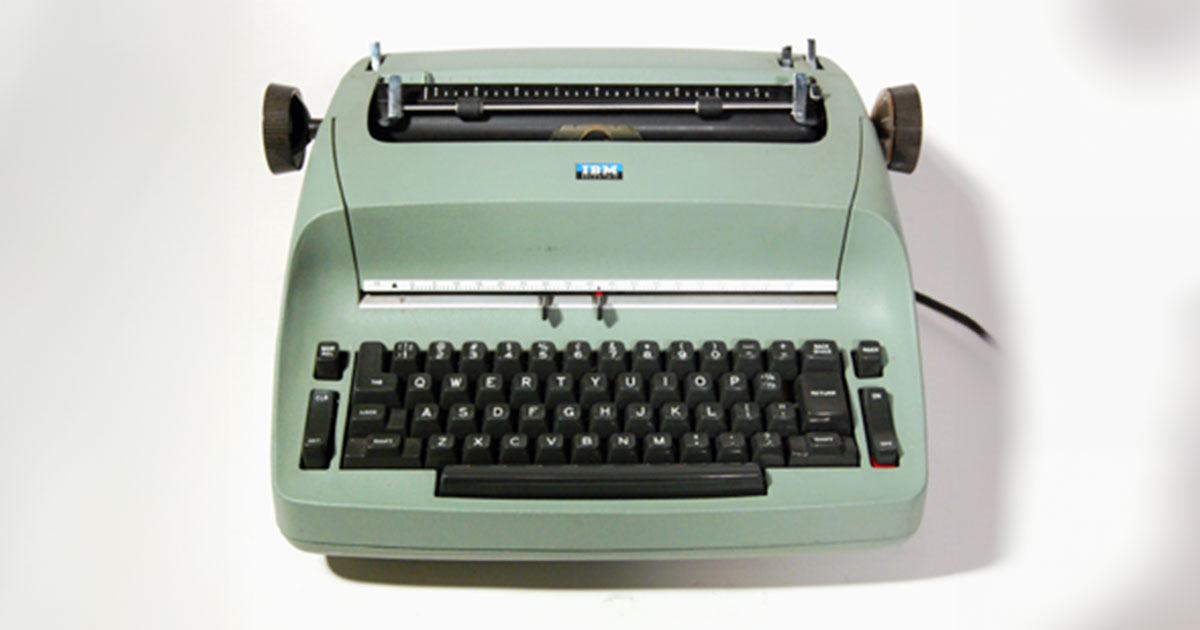
The 1930s brought new challenges. The Great Depression dampened demand, while the rise of electric typewriters and competitors like IBM posed a big threat. Underwood struggled to adapt, clinging to its traditional typewriter models and neglecting the growing electric market.
World War II provided a temporary reprieve, as Underwood secured government contracts for its portable typewriters. However, the post-war era brought renewed competition, with electric typewriters becoming increasingly popular and affordable.
Underwood was struggling now. It was stuck with older technology, and was unable to imagine a new future. It had been so successful earlier, it was overcome by inertia, and was unable to find new markets.
In 1959, the company was acquired by the Italian typewriter maker, Olivetti. Olivetti continued to make Underwood typewriters. But not for long. Other typewriter companies eroded its market position with better designs and features, and electric typewriters from companies like IBM cut off future prospects.
The reasons that brought about Underwood’s demise are typical of the reasons why many successful companies eventually fail. Their technologies are so dominant in the marketplace that they do not feel the need to innovate further. They become complacent, inertia sets in, and the inventive nature that brought them to the top of their industries dies.
Underwood was also limited by being tied down to a single product. So the fate of that product dictated the fate of the company. The end came in 1963.



















